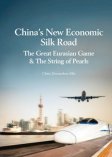Aqtau Port, Kazakhstan’s Caspian Sea Belt and Road Window to Europe

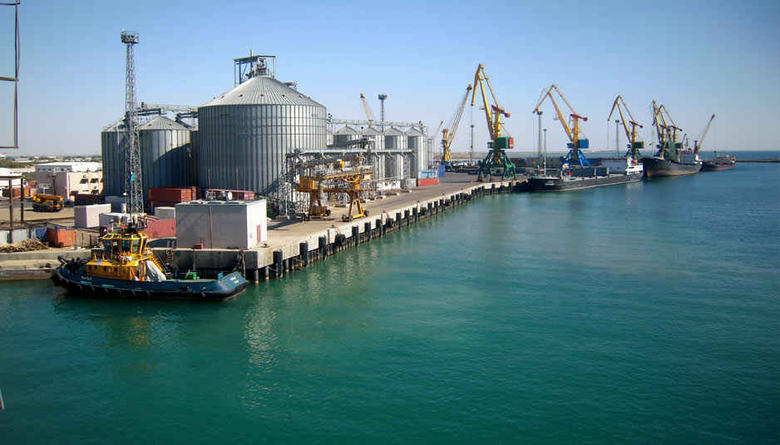
Aqtau Port
While Kazkahstan’s Khorgos Inland Port has generated the majority of media attention concerning Kazakhstan’s Belt and Road connectivity, it is the nation’s recently upgraded Aqtau Port (also known as Aktau) that is really the strategically placed vital component.
Khorgos generates much of its attention by having sprung up from nowhere, in the middle of what amounts to little more than a gritty backyard of the Taklimakan Desert, to become the world’s largest inland port, almost exclusively fed by the need for oil and gas pipeline maintenance and the rail transport of Chinese goods heading across Eurasia. In doing so, it effectively serves as a transport hub for China’s Xinjiang, Gansu, Ningxia, and Sichuan provinces, as well as serving China’s national rail network heading all points West. That includes freight trains arriving from as far away as Yiwu and Shanghai on China’s eastern seaboard, among many others.
If they are heading further West to Europe, all have to connect with Aqtau Port on Kazakhstan’s Western coastline with the Caspian Sea. Consequently, Aqtau has became strategically very important – but one that involves making the journey across to Baku, on Azerbaijan’s eastern coast, a distance of some 300 nautical miles, on a cargo ship. With a train onboard.
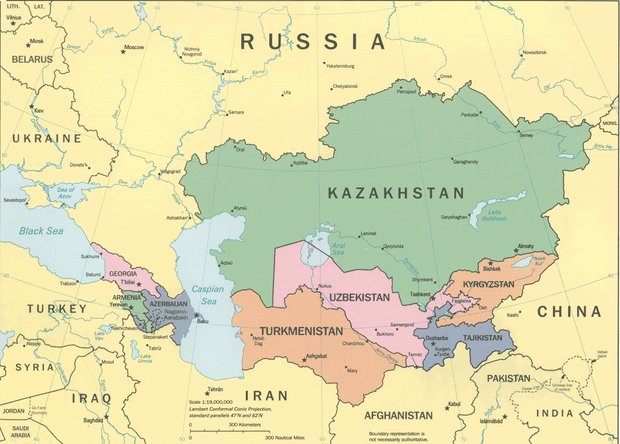
The surface area of the Caspian Sea in total is 371,000 sq km (143,200 sq miles) – a bit larger than Germany or Japan, and about 1.5 times the size of the UK. There are several routes across the Caspian, all operated by cargo ships, although these do take passengers. The main eastern port of exit is Aqtau, from which vessels depart for Baku, in Azerbaijan. However, a brand new port has also opened just to the south, Turkmenbashi, in Turkmenistan. While Turkmenbashi is designed to service Iran as well as the land locked countries of Uzbekistan, Afghanistan, and Tajikistan, there is an existing rail service between the port and Aqtau. The distance, some 242 km, is also to feature a connecting highway, the building of which is still being considered. The rail connection, however, between Aqtau and Turkmenbashi is being upgraded and means the two ports will compliment, rather than compete, with each other. Aqtau, however, retains the prize of being the easiest overland route, via Khorgos, directly into China’s massive heartlands.
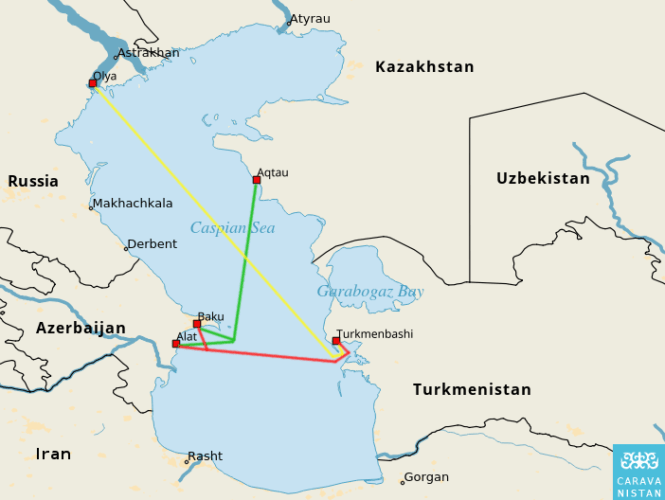
Kazkahstan’s Aqtau Port was originally established in 1963, and has been constantly expanded and upgraded, most recently in 2015. It has taken on a highly strategic import/export and transshipment role for Kazakhstan, recently acquiring new loading equipment to handle all types of general and bulk cargo, containers, and rolling cargo and now includes the ferry complex, where rolling cargo is processed along with rail cars. A large territory (more than 50,000 sqm of outdoor and a 6,000 sqm covered transit warehouse) and a container yard provide for secure storage of cargo, including heavyweight loads. The port also deploys an internal Wi-Fi network to support the usage of radio terminals.
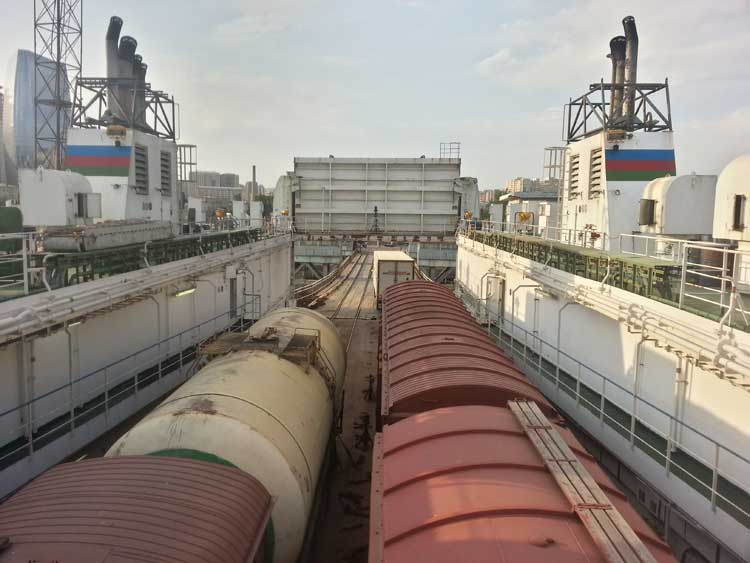
And the trains to and from China? These are loaded onto the ferry as well. In fact, history was quietly made in August last year, when the first test container train, the “Nomad Express” arrived from Aqtau via ferry to Baku, the same port as the lads are about to leave from heading in the opposite direction. The first Nomad Express train started from China’s Shikhezi in Xinjiang province, and crossed the border into Kazakhstan. That train took five days to cover the 2,200 miles to Aqtau, where it was loaded onto the ferry for the voyage to Baku.
Kazakhstan is also a member of the Eurasian Economic Union (EAEU), which also includes Armenia. China has recently signed a Free Trade Agreement with the EAEU, which although at present is non-preferential, has the future potential of including specific goods. If this happens, goods on Chinese freight trains will have the ability to travel from China across Kazakhstan, duty free, and without the need for customs inspections. When that starts to happen, the volume of cargo passing through Aqbat will significantly increase.
So there you have it. Chinese freight trains heading to the Caucasus, Turkey, and Europe take the Caspian ferry, which when you think about it, is quite extraordinary.
About Us
Silk Road Briefing is produced by Dezan Shira & Associates. The firm provides risk assessment, business intelligence and professional services throughout Eurasia, and maintains a Belt & Road desk. Please contact us at silkroad@dezshira.com or visit us at www.dezshira.com
 Related Reading:
Related Reading:
![]() Eurasian Economic Union Gaining Massive Regional Traction across Europe, Asia, and North Africa
Eurasian Economic Union Gaining Massive Regional Traction across Europe, Asia, and North Africa
![]() Turkeys Pivotal Role in China’s Belt and Road Initiative with Europe, Central Asia, and the Middle East
Turkeys Pivotal Role in China’s Belt and Road Initiative with Europe, Central Asia, and the Middle East
![]() Armenia’s North-South Highway Linking Europe with Iran, Dubai, and India
Armenia’s North-South Highway Linking Europe with Iran, Dubai, and India
China’s New Economic Silk Road
This unique and currently only available study into the proposed Silk Road Economic Belt examines the institutional, financial and infrastructure projects that are currently underway and in the planning stage across the entire region. Covering over 60 countries, this book explores the regional reforms, potential problems, opportunities and longer term impact that the Silk Road will have upon Asia, Africa, the Middle East, Europe and the United States.
